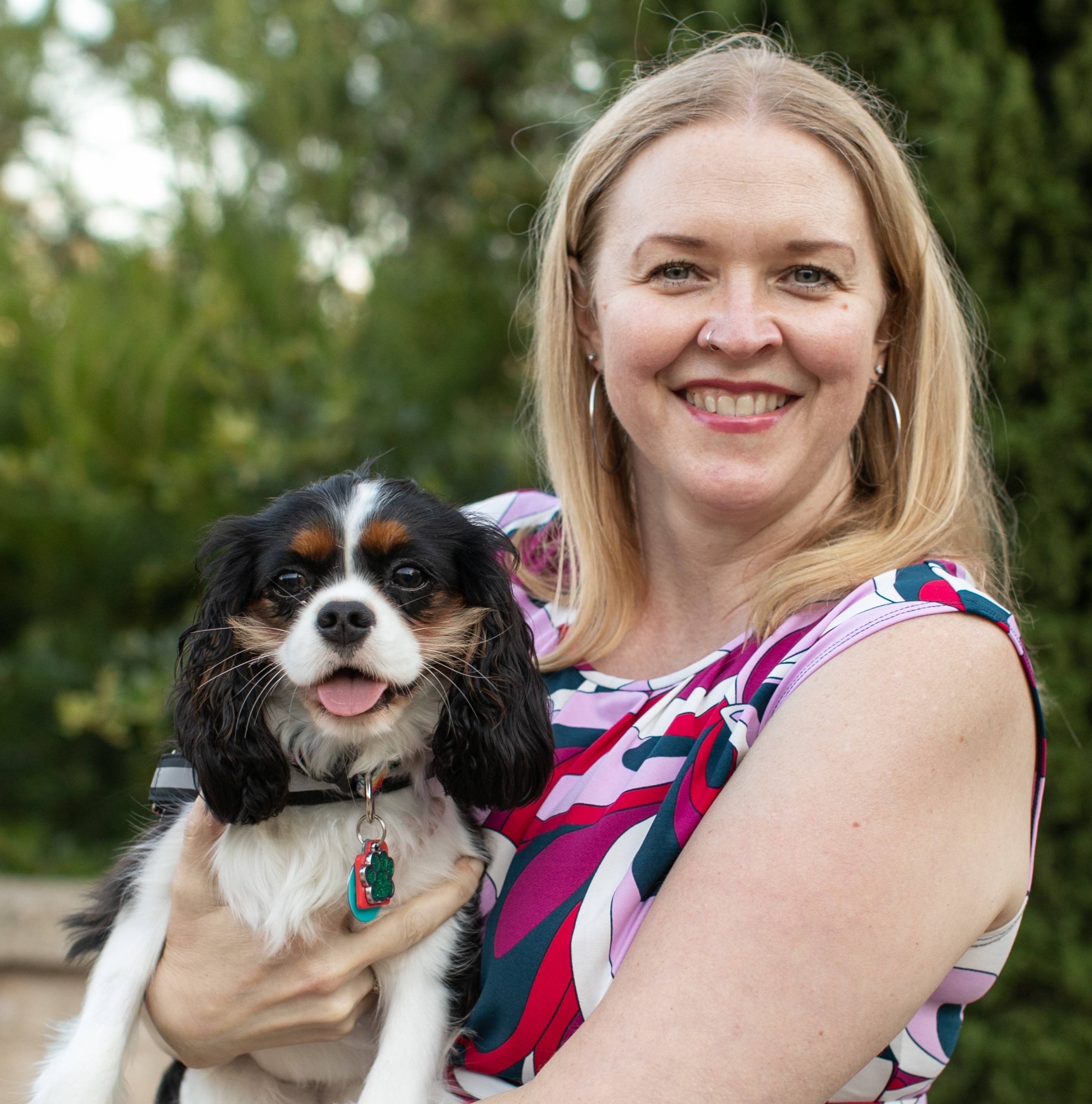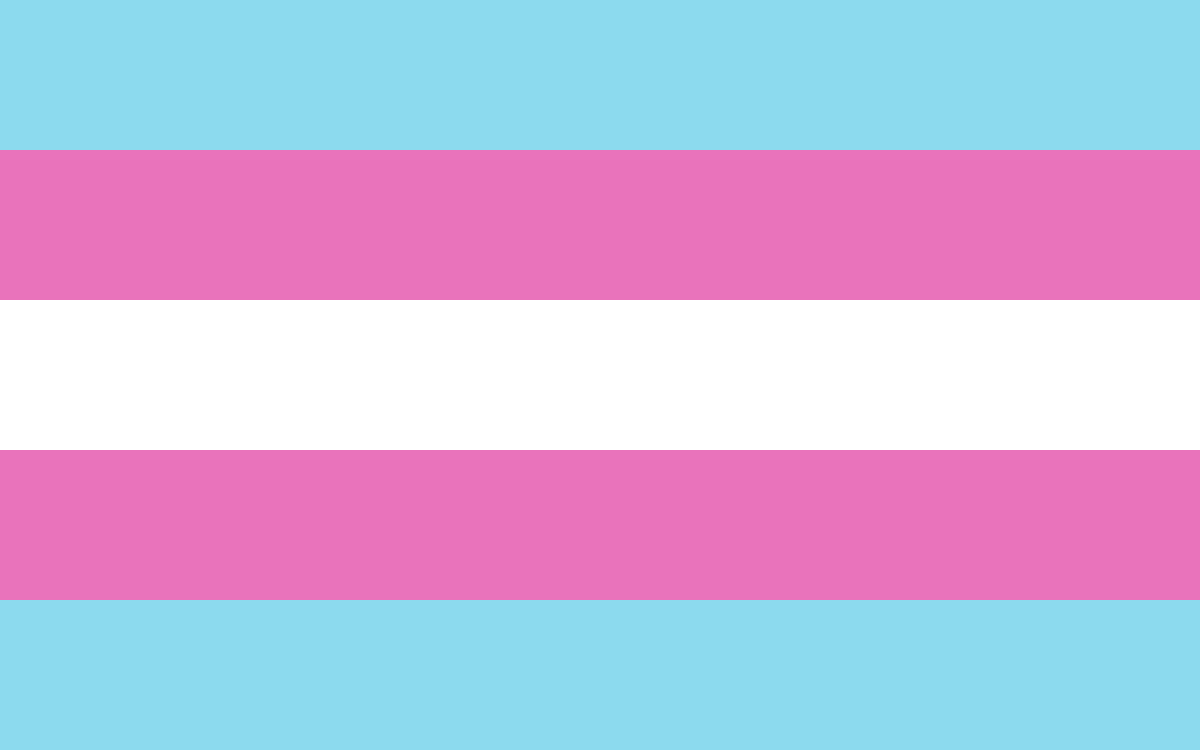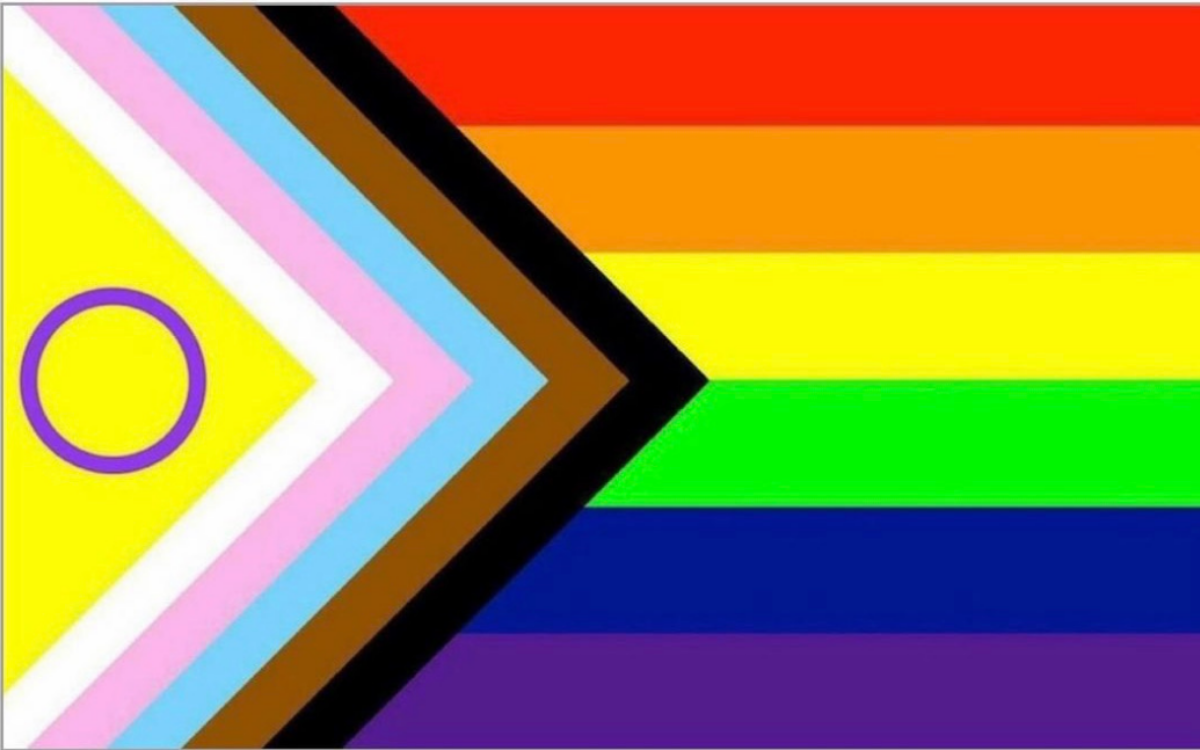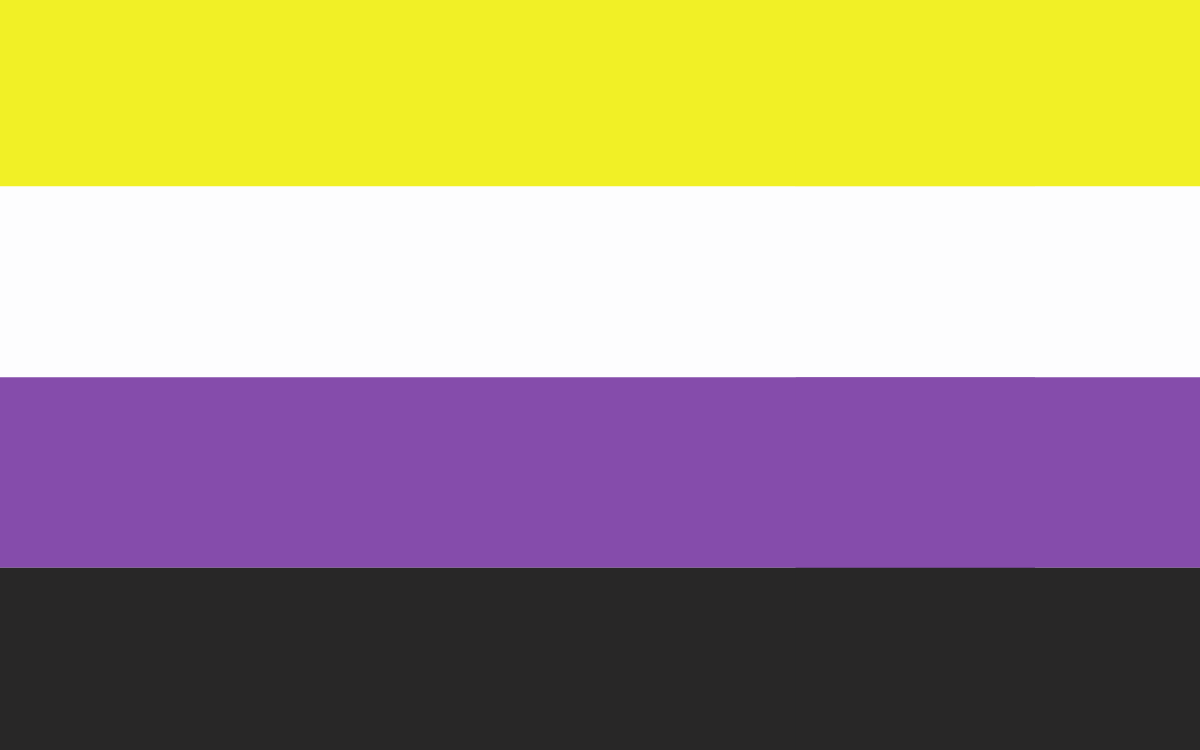Intersex Awareness Day 2020
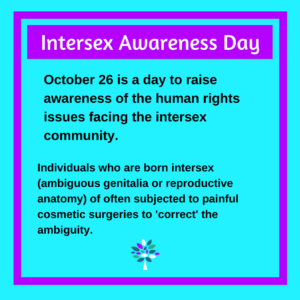
October 26 was Intersex Awareness Day and is intended to shine a light on the human rights issues faced by the intersex community. It is intended to end the shame and secrecy around being intersex.
As I mentioned in my last post, intersex individuals are born with some combination of reproductive anatomy or they have a-typical sex chromosomes, making birth sex ambiguous.
The estimates on how many people are born intersex vary, but it is believed that 1 in 2,000 babies are born with ambiguous genitalia each year.
Prior to the 2000s, doctors were taught to make a determination regarding the sex of the intersex child based on the very scientific – length of the penis/clitoris. A child was considered male if this body part was longer than an inch, if shorter the child was deemed female.
In the past, and to a large extent still today, doctors often recommend surgery to make the genitals appear more traditionally male/female based on their decision of what sex the child is. Then parents were told to raise their child accordingly and not tell them the truth of their birth and their body. These surgeries are painful and done on very young bodies which are done for strictly cosmetic reasons and are not medically necessary in any way, and can lead to trauma and misalignment of genitalia with identity.
However, there is a movement of intersex people fighting for their rights to self-identify and not have surgeries before they can possibly consent or have input. And there is even an argument to be made that this practice is no different than the genital mutilation that occurs in other parts of the word.
Although California was one of the first states to condemn this practice, recently a bill to ban this practice failed.

